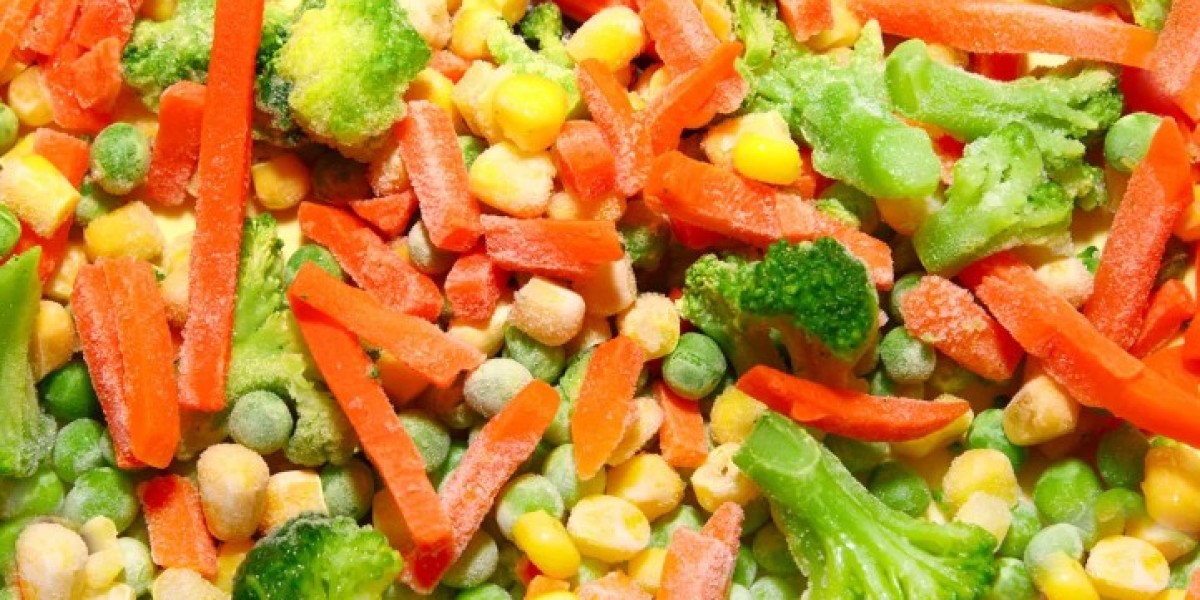Eating seasonal vegetables offers numerous benefits for your health, your wallet, and the environment. When you buy produce in season, you are enjoying vegetables at their freshest and most flavorful state. Here’s a deeper look into the advantages of seasonal vegetables in Bay Area and why they should be a staple in your diet.
What Are Seasonal Vegetables?
Seasonal vegetables are those that grow naturally in a specific season in your local region. For example, in the summer, you might find tomatoes, zucchini, and cucumbers thriving, while in the colder months, vegetables like kale, Brussels sprouts, and carrots come into season. Different climates produce different varieties, so what’s seasonal in one area may differ in another.
The Health Benefits
Nutrient Density: When vegetables are harvested at their peak season, they are loaded with nutrients. Freshly picked vegetables have the highest concentrations of vitamins and minerals, unlike off-season produce that might have been harvested early and transported long distances.
Better Taste: Vegetables that are grown and picked in their natural season have a richer, more intense flavor. Off-season produce often lacks the flavor profile that you get when eating fresh, in-season varieties.
Variety and Balance: Every season brings a different selection of vegetables, encouraging you to eat a more diverse diet. This ensures a wide range of nutrients and antioxidants year-round, supporting overall health.
Economic and Environmental Benefits
Cost Savings: Seasonal vegetables are usually more affordable. When produce is abundant, prices drop because there’s a large supply. In contrast, out-of-season vegetables are often more expensive due to additional costs associated with storage and transport.
Support Local Farmers: By eating seasonally, you are likely supporting local farms, as these vegetables are typically sourced locally rather than being shipped from faraway regions. This also means that fewer resources are used in transportation, reducing the overall carbon footprint.
Eco-Friendly: Growing vegetables in their natural season requires fewer chemicals, pesticides, and artificial irrigation. This sustainable practice helps reduce environmental damage and contributes to more eco-friendly agriculture.
A Seasonal Vegetable Guide
Here’s a general breakdown of seasonal vegetables to look out for during different times of the year:
- Spring: Asparagus, radishes, spinach, peas, arugula
- Summer: Tomatoes, zucchini, cucumbers, eggplant, peppers, corn
- Fall: Pumpkins, sweet potatoes, squash, Brussels sprouts, kale
- Winter: Carrots, beets, parsnips, cabbage, leeks, turnips
How to Incorporate Seasonal Vegetables into Your Diet
Shop at Farmers’ Markets: These are great places to find fresh, seasonal produce directly from local growers. You’ll be able to see firsthand what’s in season and ask farmers for recommendations on how to prepare them.
Try New Recipes: Each season brings new opportunities to experiment with different vegetables in your meals. Roasted root vegetables in the winter or a fresh summer salad with tomatoes and cucumbers can keep your menu exciting and nutritious.
Preserving the Harvest: When certain vegetables are in abundance, consider preserving them through canning, freezing, or pickling. This way, you can enjoy your favorite seasonal veggies even when they’re not in season.
Conclusion
Eating seasonal vegetables is a smart and healthy choice for your body and the planet. By focusing on what’s naturally available throughout the year, you get the best flavor, the most nutrients, and a sustainable way to enjoy produce. Plus, the variety of vegetables in each season keeps your diet exciting and diverse, ensuring a healthy and balanced approach to nutrition. So next time you’re grocery shopping, look for what’s in season and savor the freshness!










